Which of the Romanovs holds the rights to the Russian throne?

The great-grandson of Grand Duke Kirill Vladimirovich, the first Romanov in exile to name himself ‘Emperor’ after Nicholas II’s death, was born in 1981 in the family of Maria Vladimirovna Romanova and Prince Franz Wilhelm of Prussia and was named George.
Prince Vasili Alexandrovich, who then was head of the Romanov Family Association, said: “The happy event in the Prussian royal family doesn’t affect the Romanovs because the newborn prince doesn’t belong to the Russian Imperial House nor the Romanov family.” What made them all so angry?
Grand Duke with a red ribbon
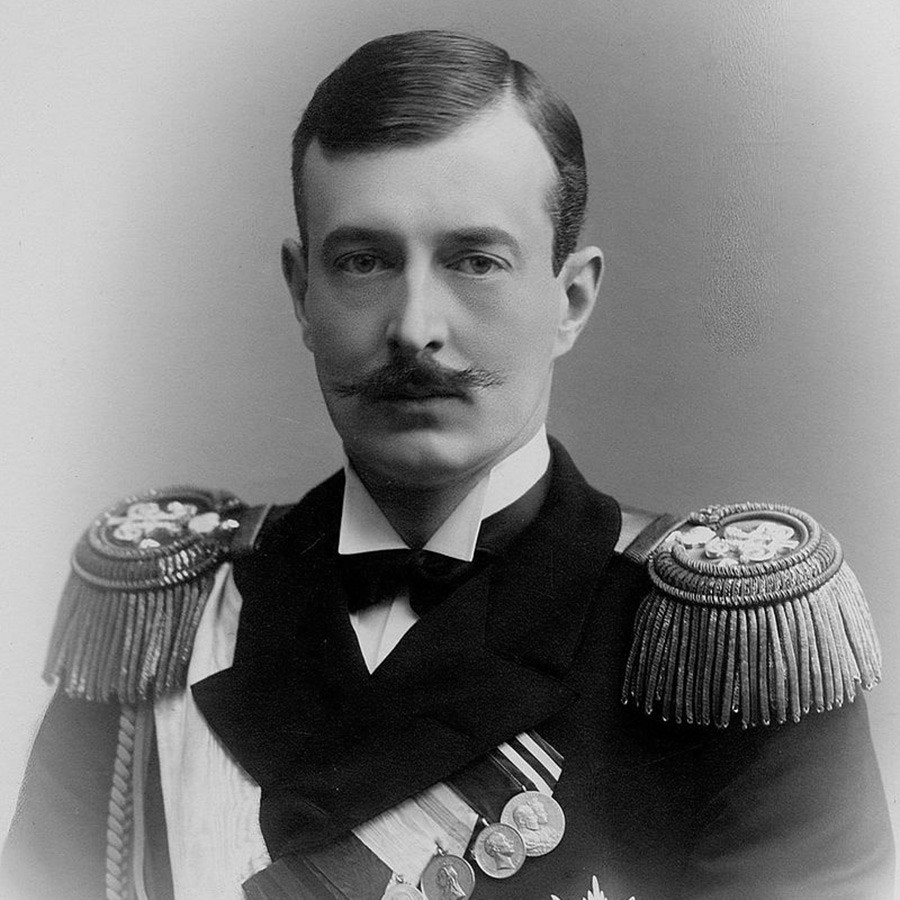
Grand Duke Kirill Vladimirovich of Russia (1876 - 1938)
L. S. Gorodetsky/WikipediaKirill was Alexander II’s grandson, and on August 31, 1924, he proclaimed himself Emperor Kirill I, enraging the other Romanovs, who thought he had no right to do so.
Disapproving of such a decision, they pointed out that Kirill took part in the February Revolution of 1917 – he broke the oath of allegiance to Nicholas II. Commander of a corps in the Royal Guards, on March 1, 1917, Kirill entered the State Duma building wearing epaulets with the Emperor’s monogram and a red ribbon on his
Kirill broke Russian law on dynastic succession – he married his cousin, Princess Victoria Melita of Saxe-Coburg. Nicholas II didn’t approve of this marriage, and Kirill’s wife didn’t convert to Orthodox Christianity. Nicholas deprived Kirill of his rights as a member of the House of Romanov. The Emperor’s decision was classified in order not to
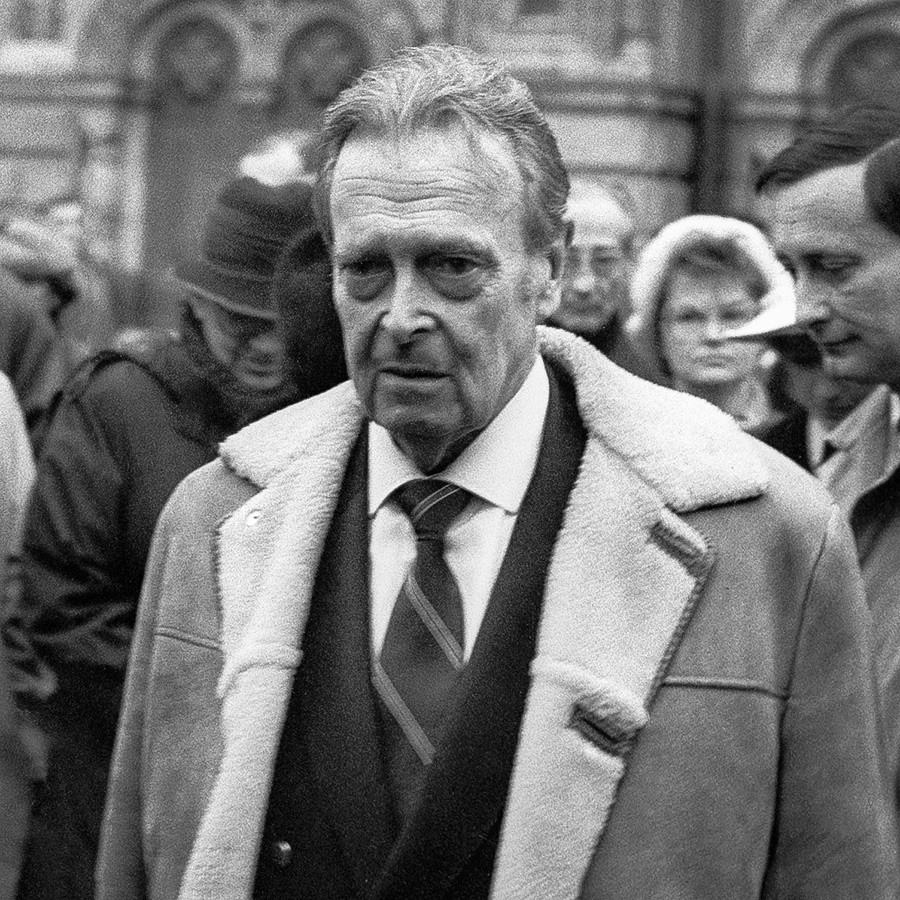
Vladimir Kirillovich Romanov (1917-1992), son of Grand Duke Kirill Vladimirovich and Head of the House of Romanovs until his death.
Nikolai Adamovich/TASSDo Kirill’s descendants have the right to the throne?
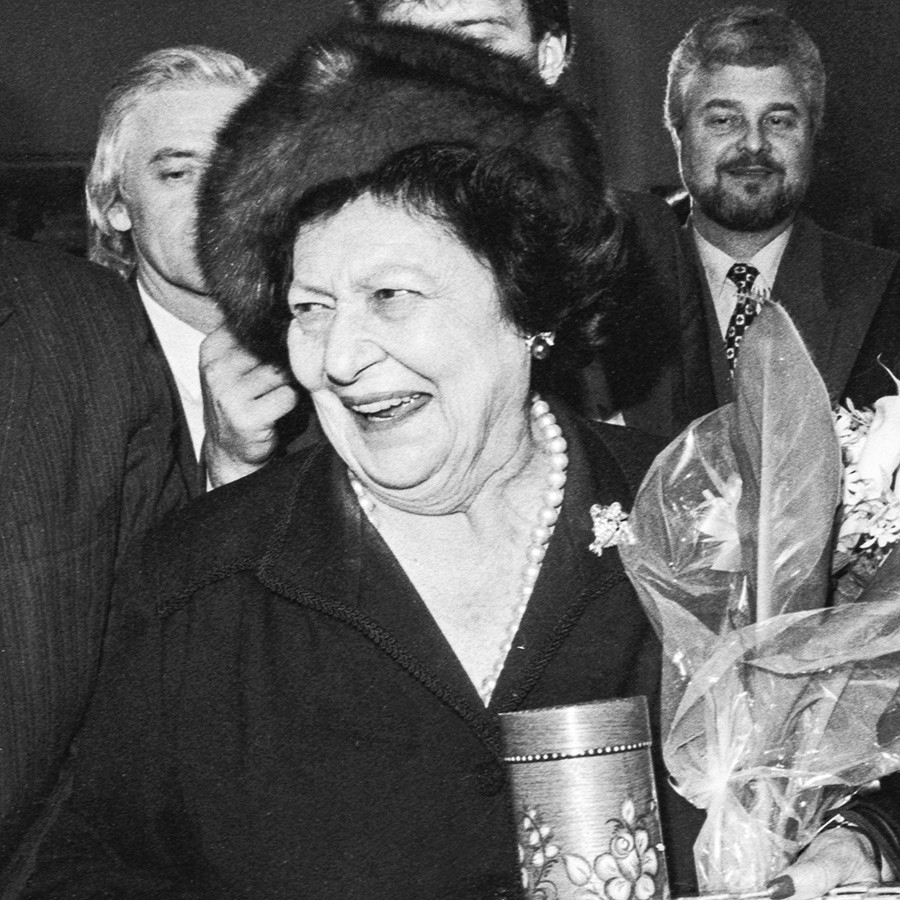
Leonida Georgievna Romanova, née Princess Leonida Georgievna Bagration of Mukhrani
Sergei Metelitsa/TASS“Naming Vladimir as ‘Grand Duke’ was a violation of Russian Imperial Law,” says Evgeny Pchelov, a Russian historian and an internationally renowned specialist in Romanov genealogy. “Grand Dukes could only be those who were at least grandsons to any Emperor. And Vladimir Kirillovich was the great-grandson of Alexander II. So he couldn’t hold the title of Grand Duke and Tsesarevich, as his father bestowed on him.”
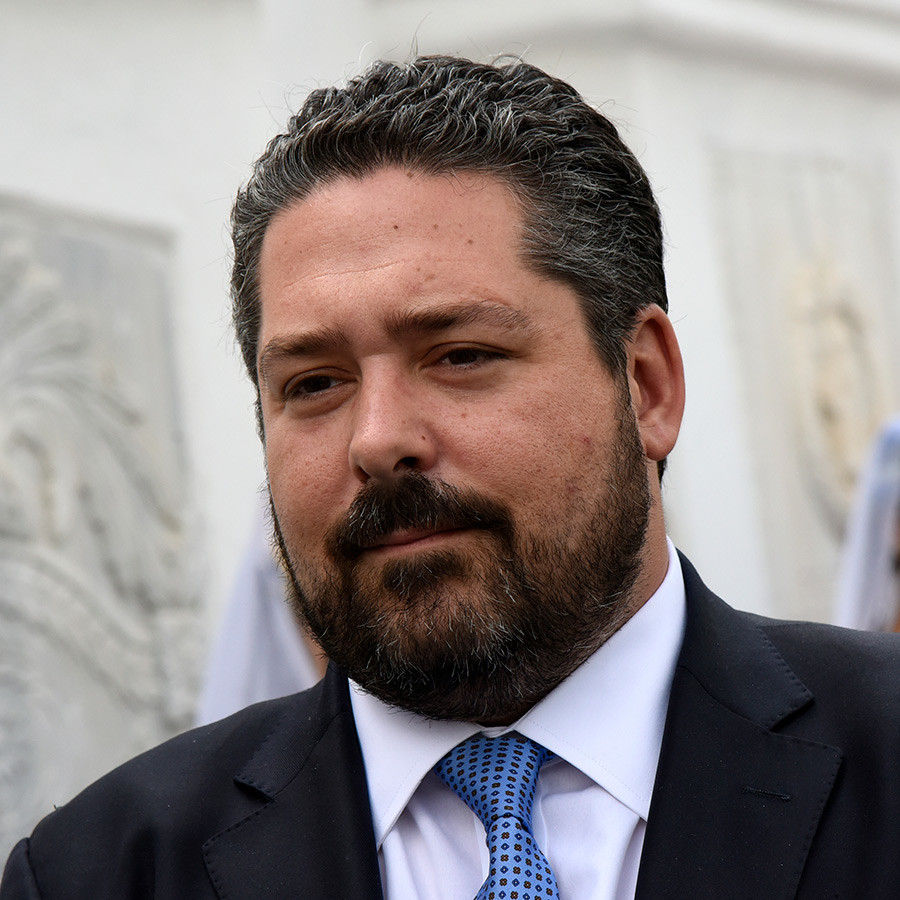
Georgy Mikhailovich Romanov, son of Maria Vladimirovna Romanov and Prince Franz Wilhelm of Prussia
Alexandr Polegenko/SputnikIn 1948 in Lausanne, Vladimir married Georgian Princess Leonida Georgievna Bagration of Mukhrani. In 1969, Vladimir declared their only child, 16-year-old Maria, heir to the throne. Other Romanov descendants, most notably Prince Andrei Alexandrovich (great-grandson of Nicholas I) expressed their discontent: Leonida Bagration was not an “equal-born” spouse to Vladimir
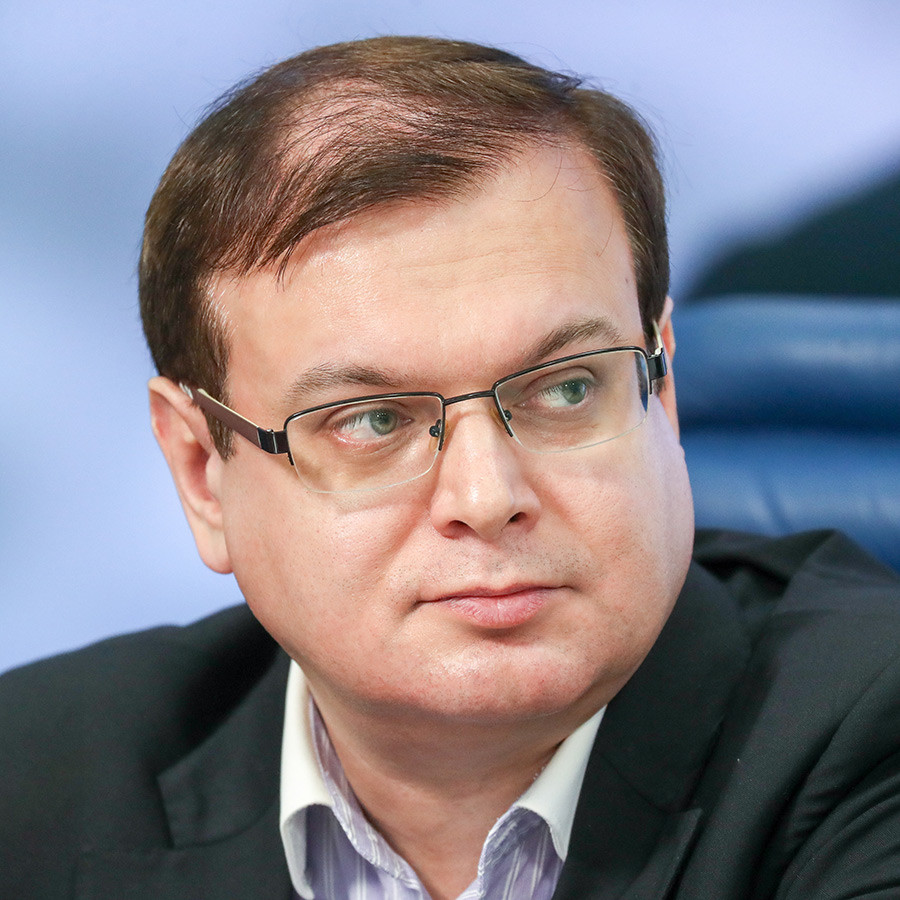
Evgeny Pchelov, Russian historian, expert in the genealogy of the House of Romanovs
Viacheslav Prokofiev/TASSVacant throne
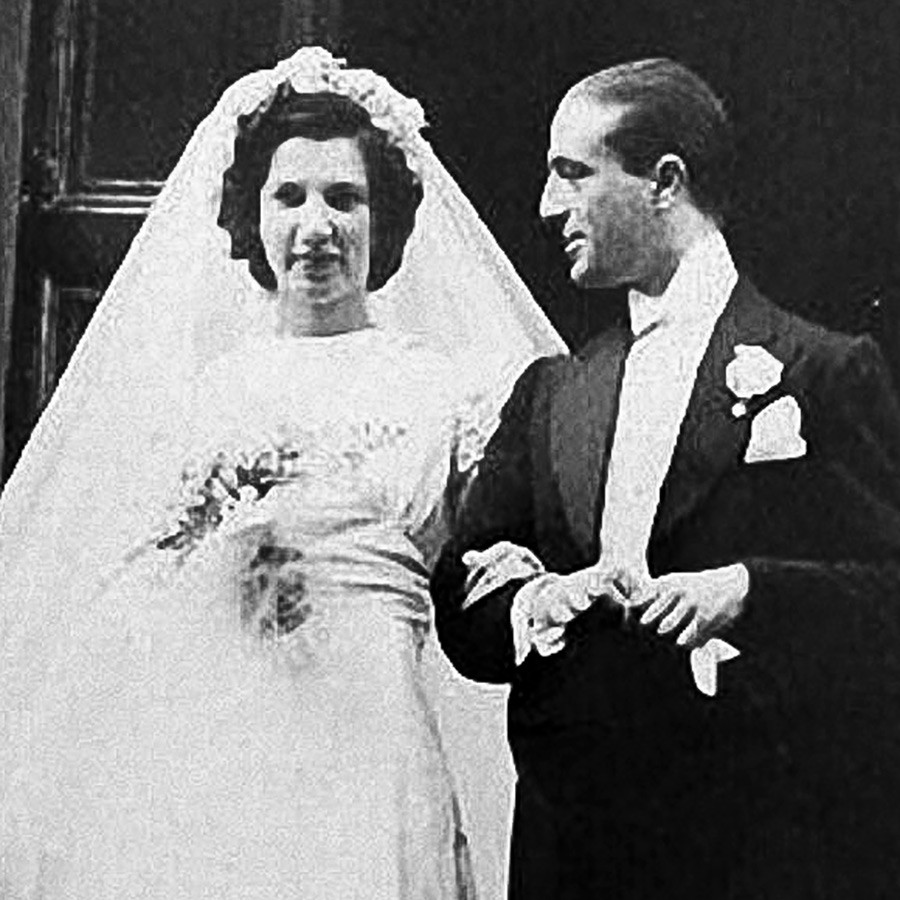
Princess Catherine Ivanovna of Russia (1915-2007) and her husband, an Italian diplomat Ruggero Farace, Marchese Farace di Villaforesta
In the past, one possible way to solve such crises was to call a meeting of Zemsky Sobor (Russian parliament of the 16th-17th century). For example, Mikhail Romanov, the first tsar of the dynasty, was chosen at the Zemsky Sobor of 1613. However, the exact mechanism is unclear because Imperial Russian Law didn’t mention the procedure of calling a meeting of Zemsky Sobor.
Some monarchist scholars also claim that the Russian Empire hasn’t been officially declared void and that it technically still exists. This is untrue, however, because on Jan. 5, 1918, at its first and only meeting, the Russian Constituent Assembly declared the country a republic.
Finally, why are we even talking about Russian Imperial Law – it ceased to exist with the end of the Russian Empire? Well, so did the monarchy. But one thing is for sure, there are no Romanovs that hold undisputed rights to the non-existent Imperial throne.
If using any of Russia Beyond's content, partly or in full, always provide an active hyperlink to the original material.
Subscribe
to our newsletter!
Get the week's best stories straight to your inbox